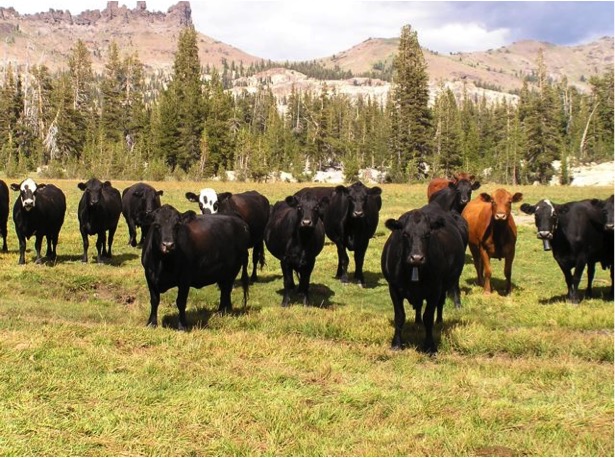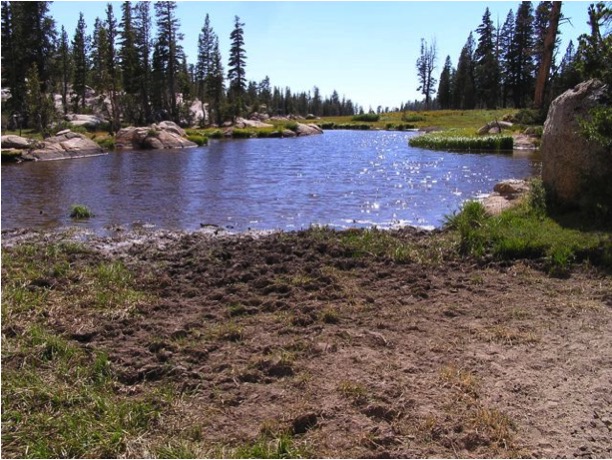Back in February, CSERC and our co-plaintiff (Sierra Forest Legacy) filed litigation against the U.S. Forest Service for a variety of issues tied to livestock grazing on national forest lands. CSERC strives to use less polarizing strategies in our environmental advocacy efforts, but in this case, litigation was a last resort.
For more than a decade CSERC’s field monitoring repeatedly discovered over-grazed meadows, pocked wetlands, damaged fens, and denuded riparian areas when we did watchdog monitoring in the Stanislaus National Forest. Despite providing Forest officials with photo evidence of the consistent violations of USFS regulations by livestock, there was no measurable change in grazing management – year after year.
At some point, when a decision-making agency fails to follow the law over and over again, the only option left is to file a lawsuit.


In addition to doing meadow monitoring, CSERC biologists also spent years doing water quality monitoring of forest streams. Year after year that monitoring proved that besides the visible damage from livestock to meadows and riparian areas, streams in grazing areas often contained excessive levels of pathogenic bacteria. Water quality at times was so unhealthy it posed clear risk to recreational visitors who visited the Stanislaus Forest – unaware that the forest streams might be contaminated.
As with most litigation, the court process has unfolded slowly, and no outcome is yet apparent. Livestock interests have joined the Forest Service in support of its position that there is no need for changes in grazing management in order to better protect water quality or vulnerable habitat resources. CSERC staff feel that it is frustrating that Forest officials (the supposed defenders of public forest resources) are so firmly resistant to taking steps to reduce the negative impacts that livestock cause each summer/fall season.

